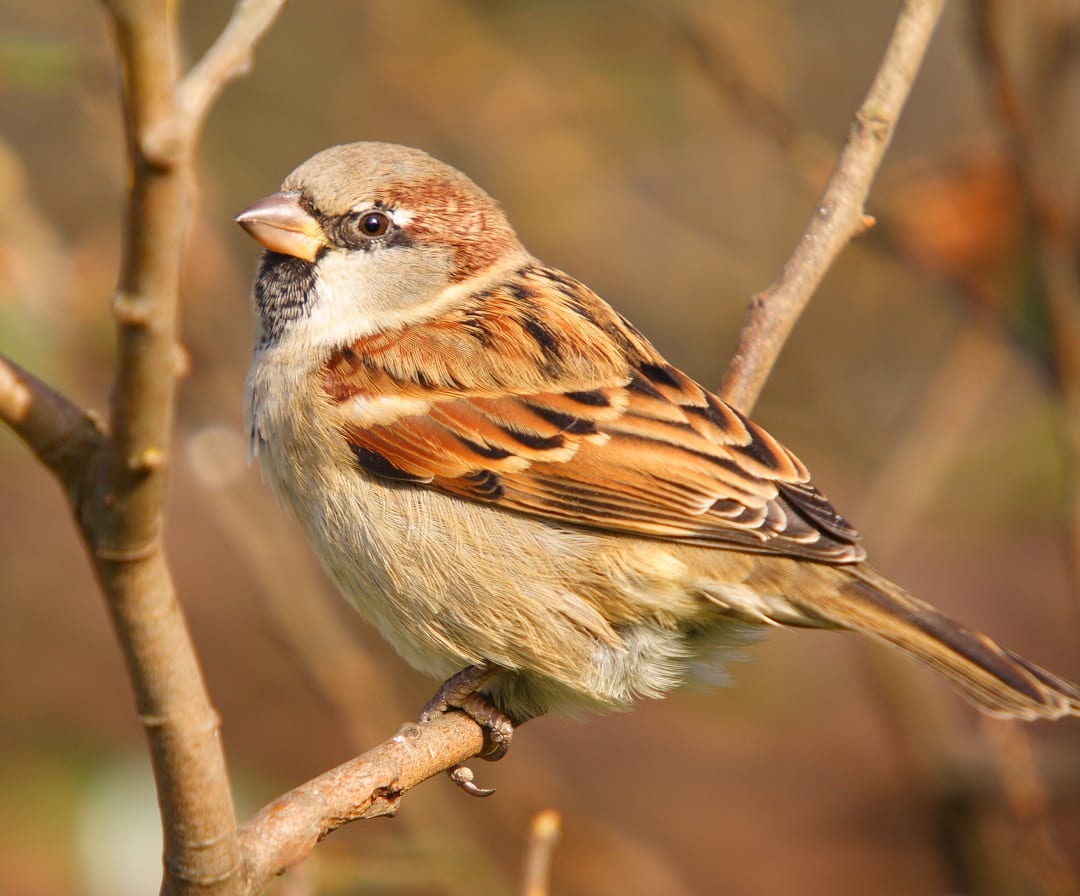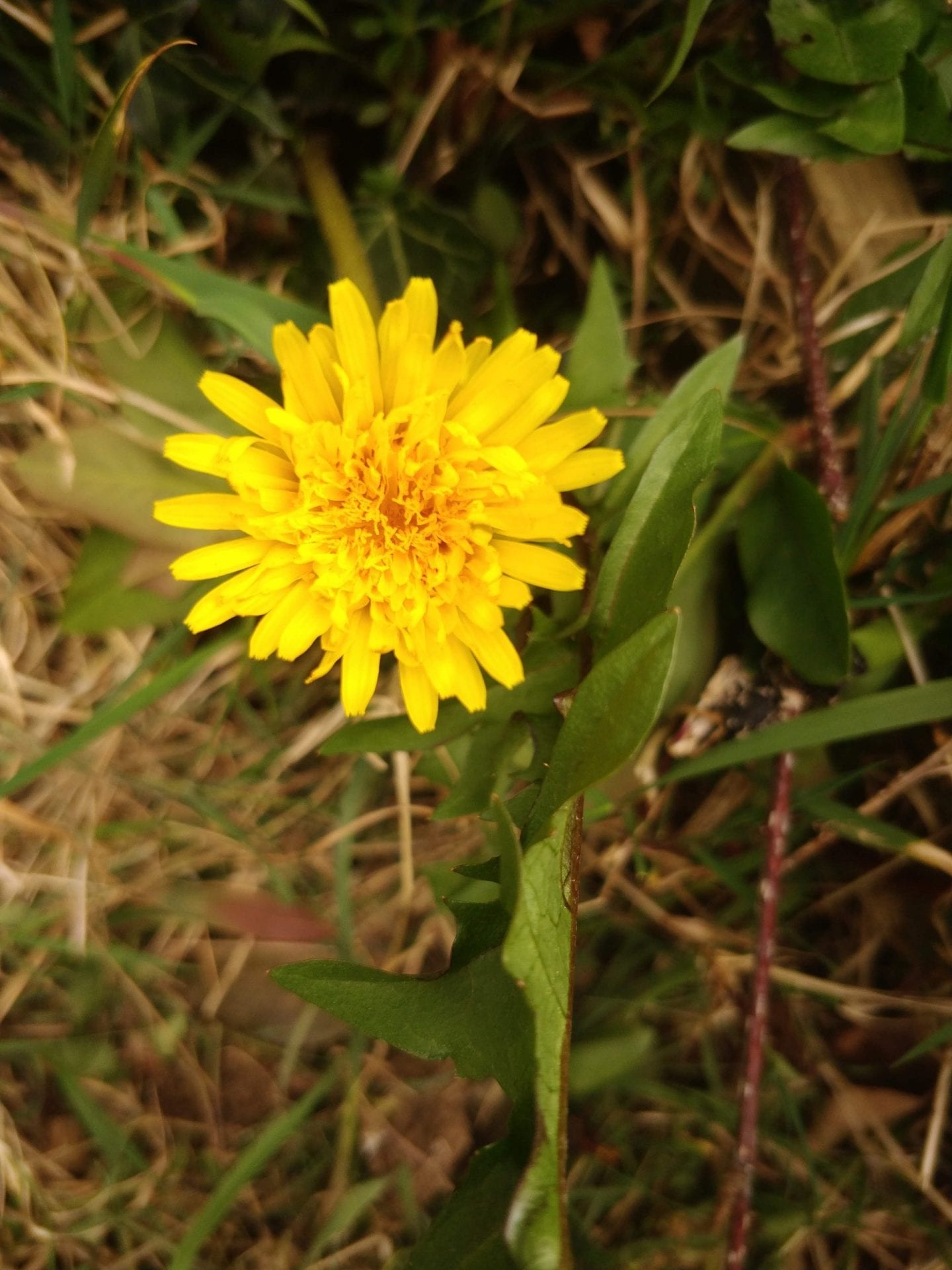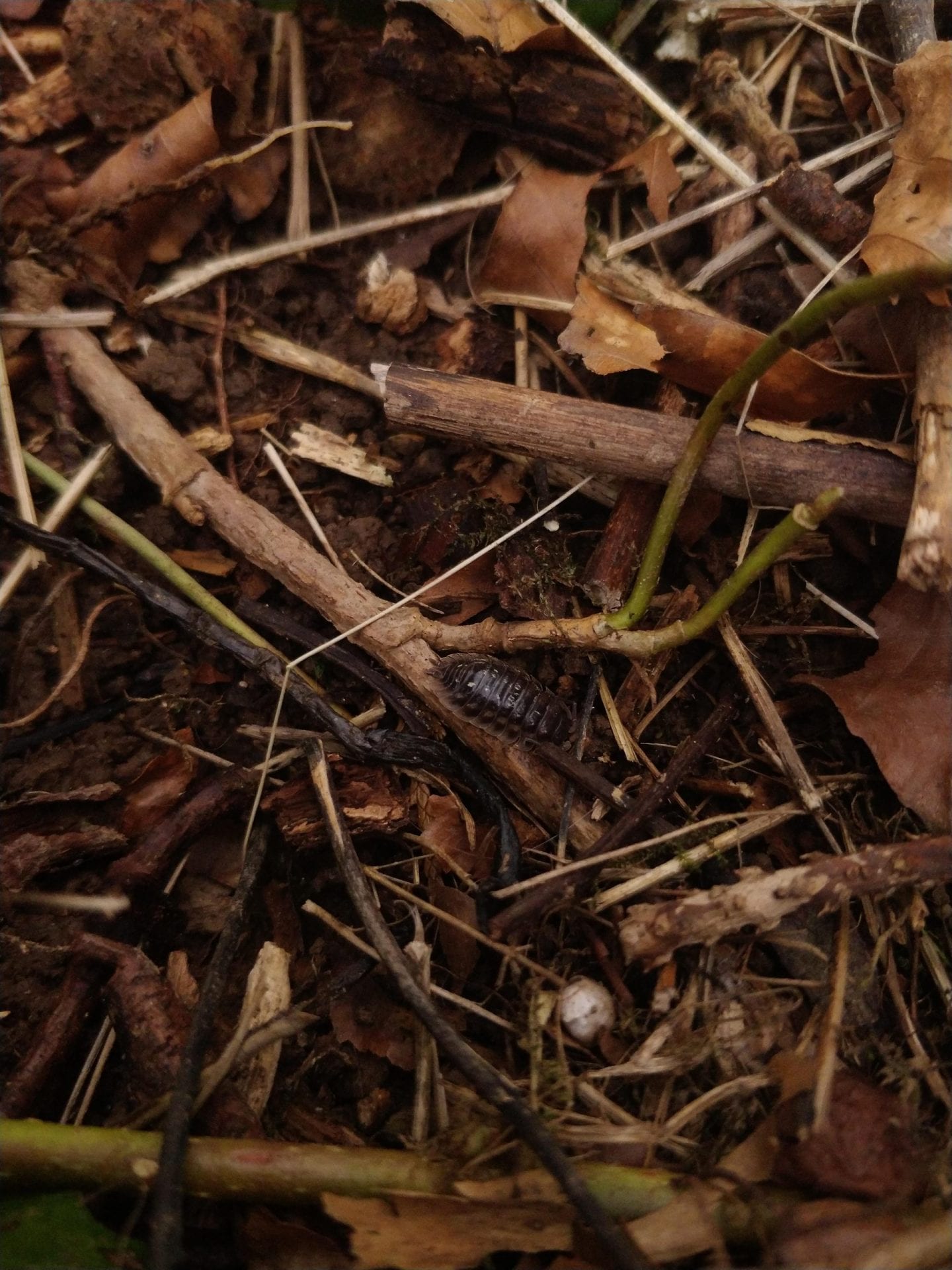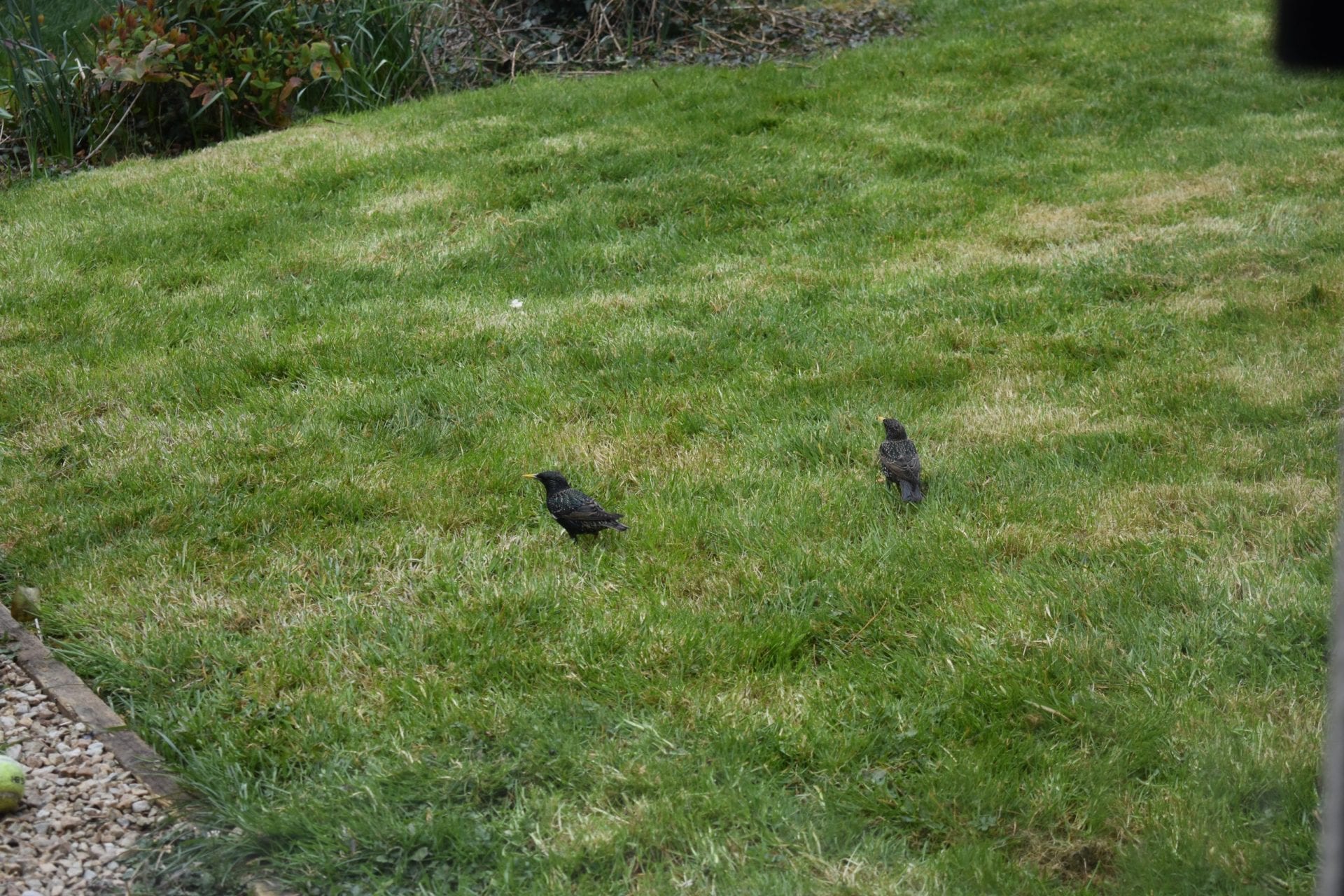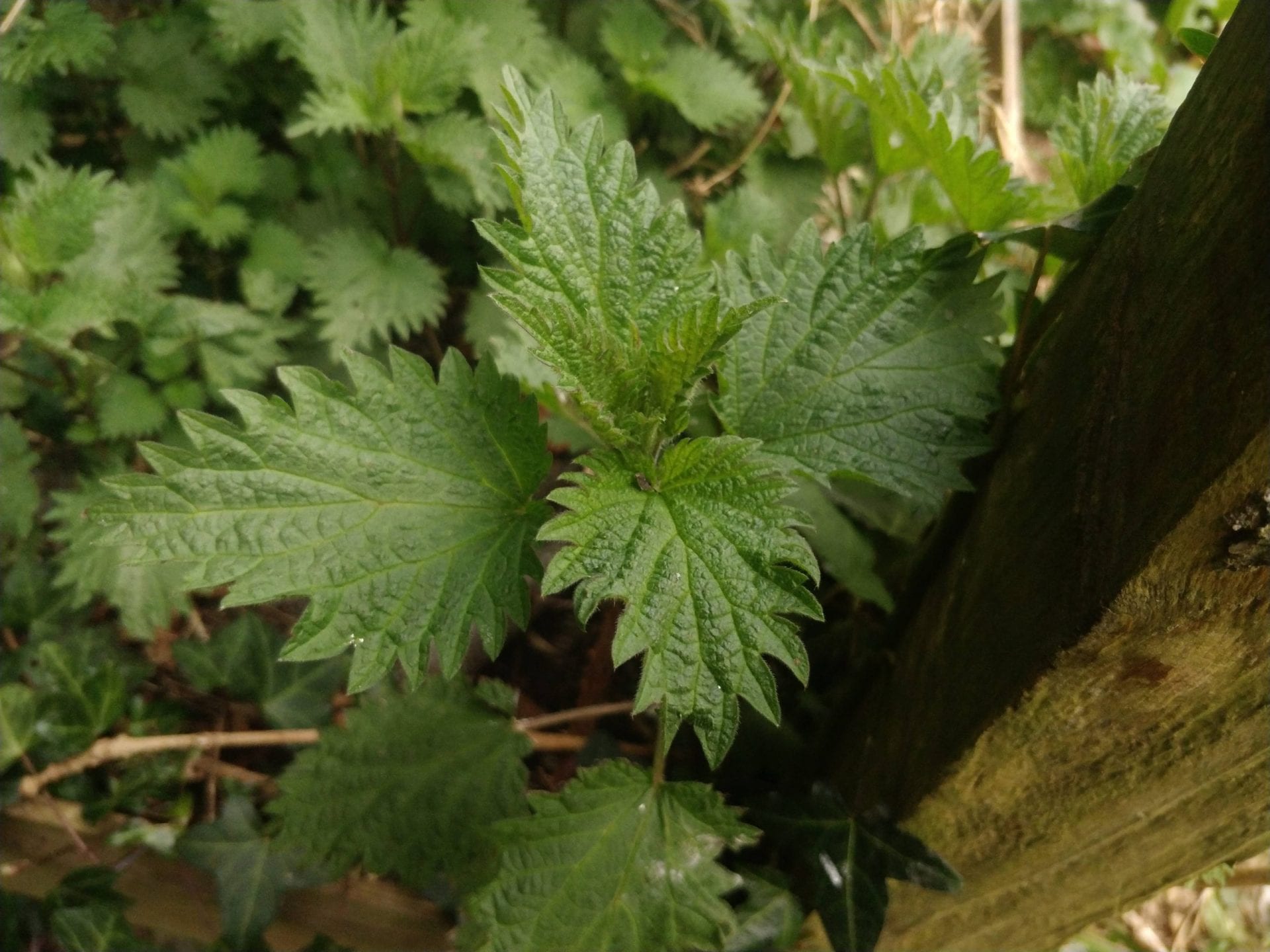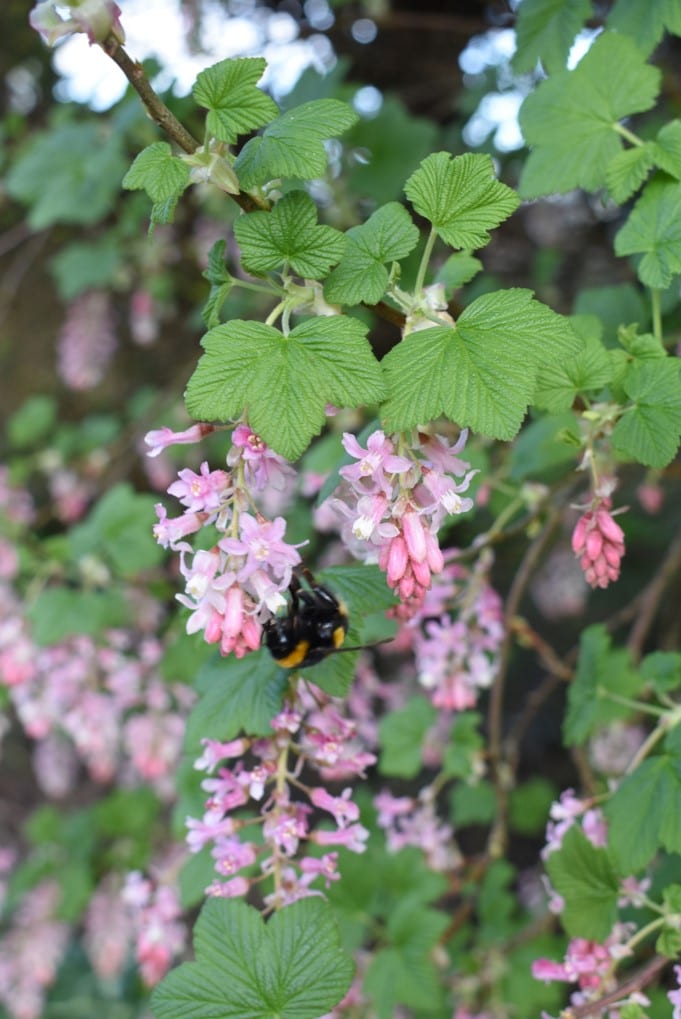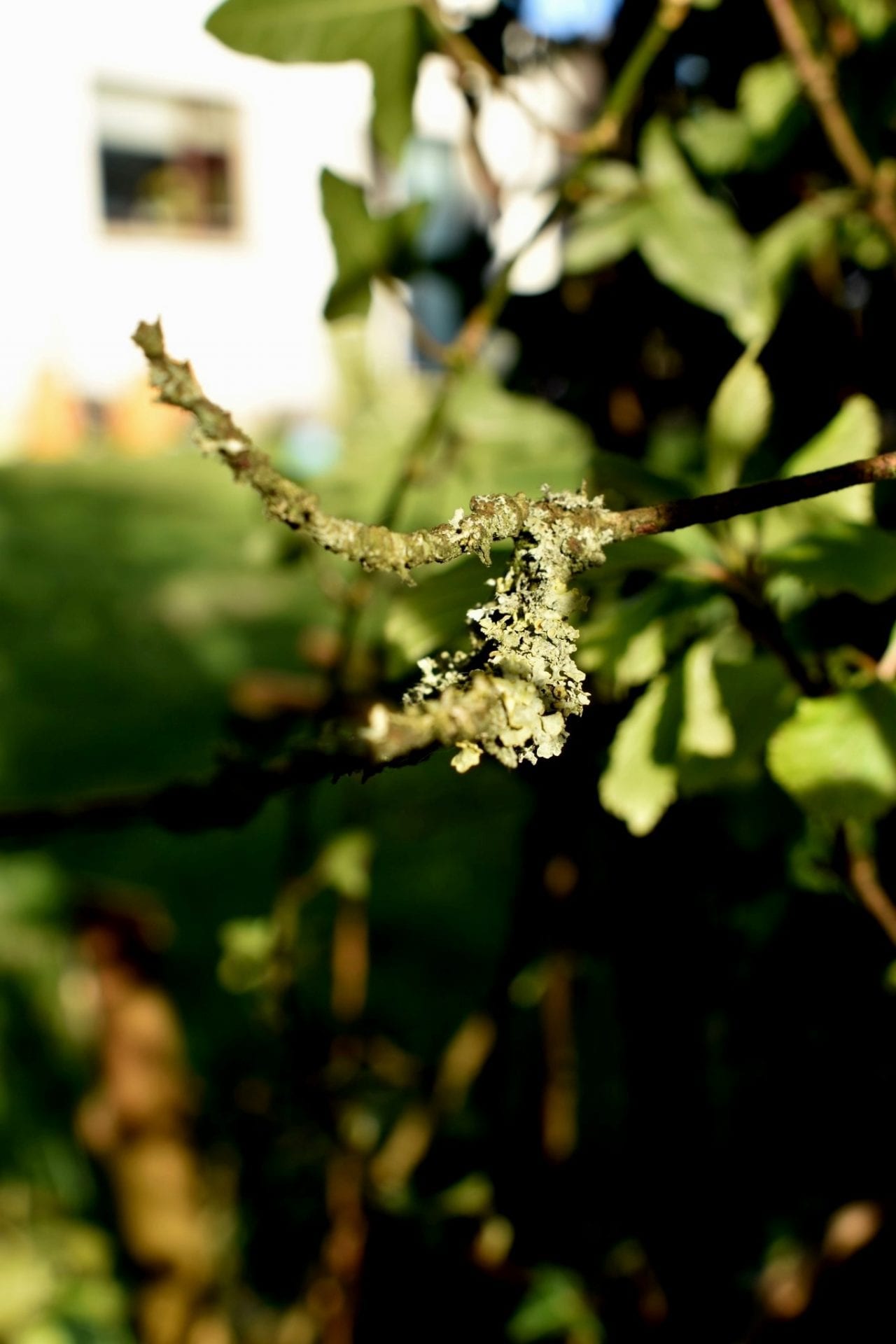Easter Scavenger Hunt Answers
How did you do?
Brambles
A plant which is not always loved but is common and widespread. Yes it is thorny, but it also gives us blackberries
Gorse
Another thorny one. This shrub may not be as common in gardens but will often be close by (within the 2km range perhaps). If you can stop to smell the, well Gorse, these flowers have a strong scent of coconut.
Herb Robert
This widespread, native, plant is often seen growing at the base of walls and commonly found in shady places (shady as in dark, not suspicious). When in bloom (April – October) you will notice their dainty pink flowers.
 Atlantic Ivy
Atlantic Ivy
This may not be the type of leaf you associate with Ivy. A bit of a trick question as the well-known, lobed, leaves of climbing ivy was also included below. The mature, flowering stems shown here have glossy heart-shaped leaves.
House Sparrow
A bird that many will have in their back garden and are often seen at feeders in big numbers. Note that the cropped photo shows a female where this is a male (credit for this photo to Padraig Kavanagh).
Daffodil
A flower many associate with spring, and with Easter.
Dandelion
If you read the last blog, you may now get an indication that I’m a fan of Dandelions. They provide such a great splash of colour as they are in bloom everywhere at the moment. As they are actually made up of lots of little flowers (each ‘petal’ you see is a flower), they are good for pollinators too.
Woodlouse
These detritivores (eat dead organic matter), can be surprisingly good at camouflaging themselves but are found under many rocks, plant pots and branches on the ground.
European Larch
Widely plated in Irish gardens. During spring their needles are bright green.
Starling
Famous for being seen in murmurations and mimicking unnatural sounds. These enigmatic birds are commonly seen in gardens, especially during spring when nesting is afoot.
Common Nettle
Though famous for it’s stinging nature, there are actually lots of beneficial uses, for pollinators, but also makes a nice ingredients for soup and tea.
Atlantic Ivy (Part 2)
These iconic Ivy leaves can be seen growing not just on trees but also many man-made structures. These darker, lobed, leaves belong to the non-flowering part of the plant.
Bumblebee
Hopefully you won’t have to look far to spot one of these buzzing around in Spring. The one shown here is enjoying the spoils this Flowering Currant has to offer.
Lichen
Keep an eye out for Lichen on branches as well as man-made surfaces. Where there is a lot of it growing, this is a sign of clean air.
Silver Birch
A tree which can be easily identified by it’s (often peeling) white bark alone.

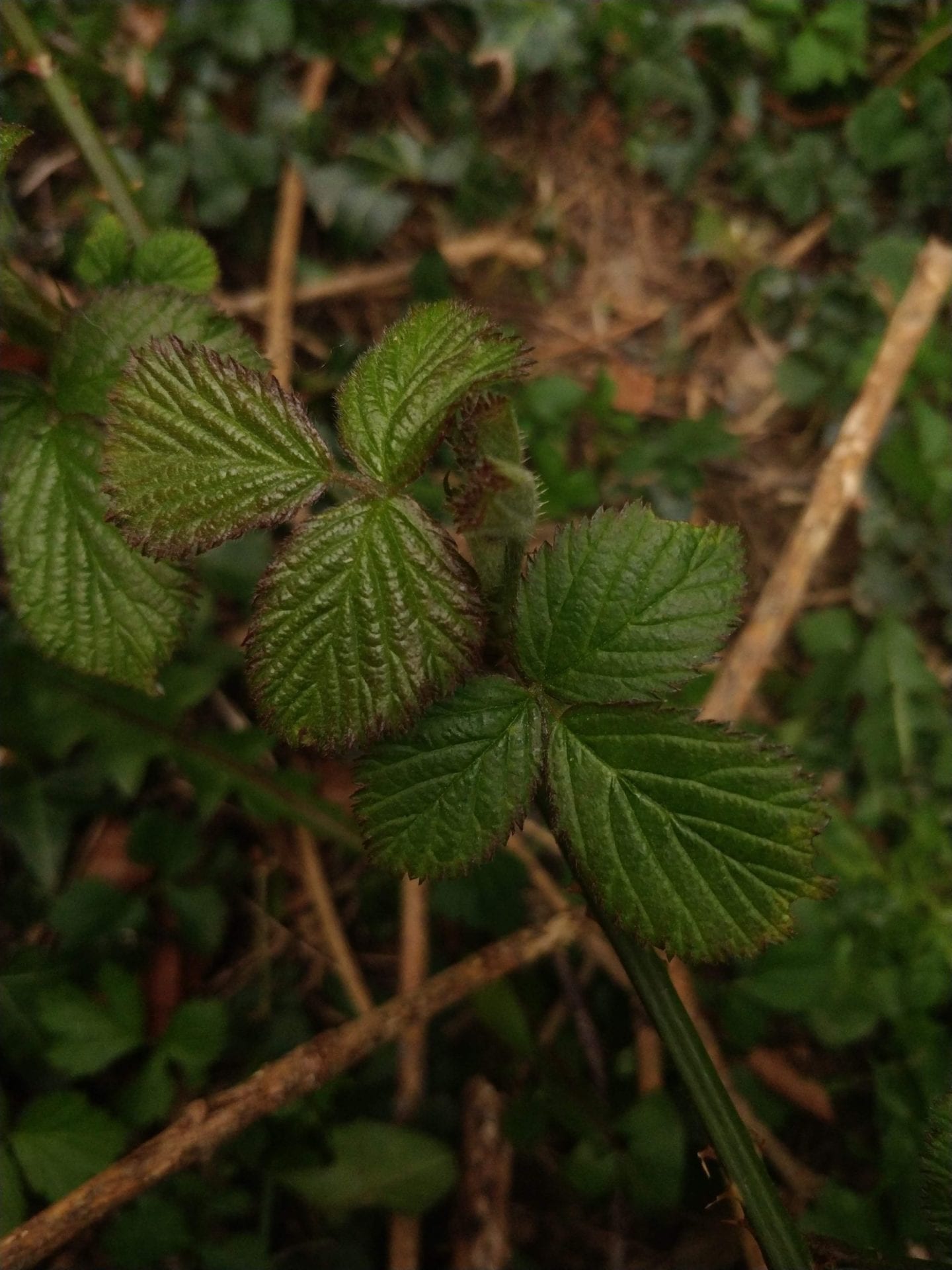

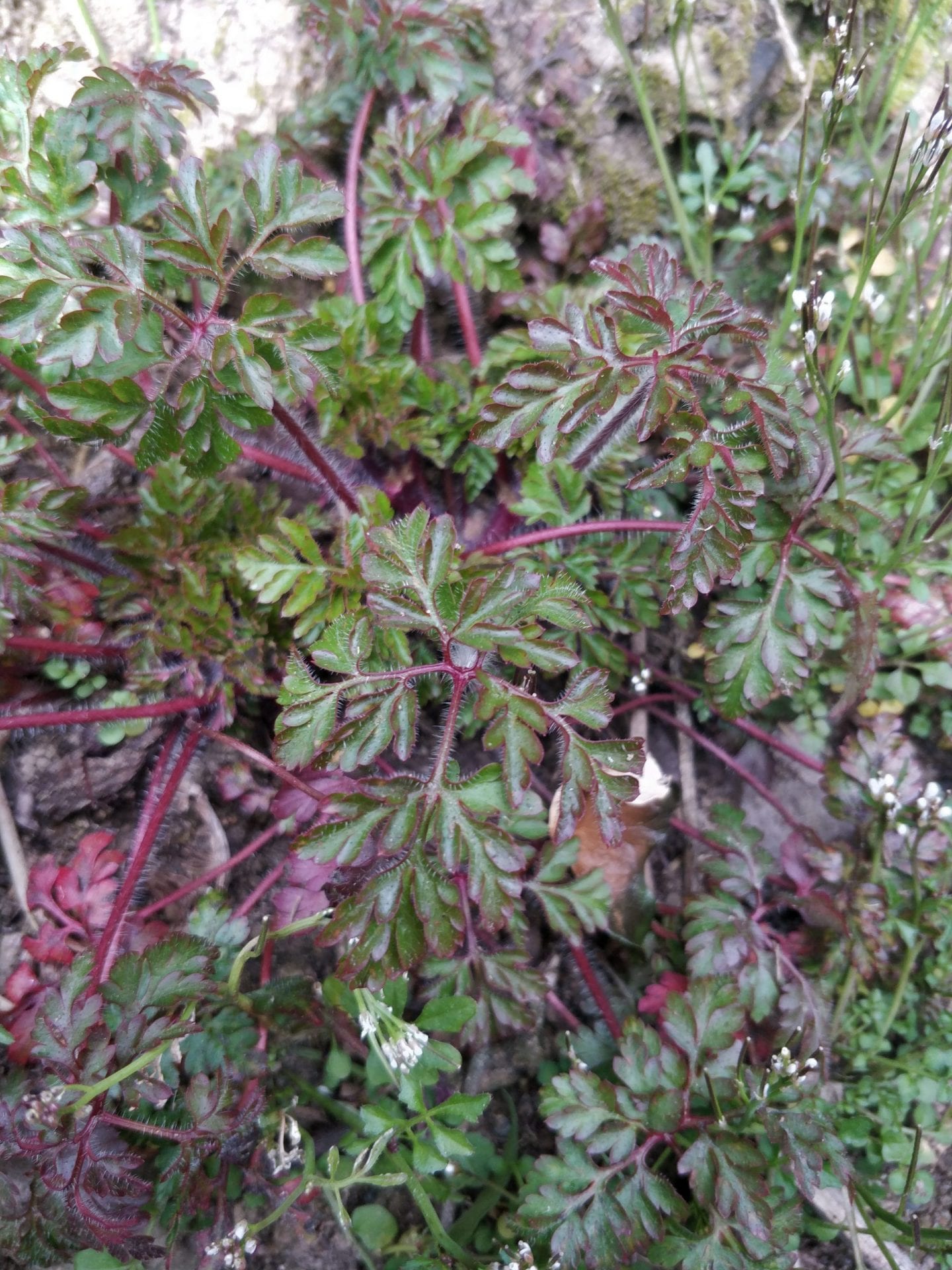
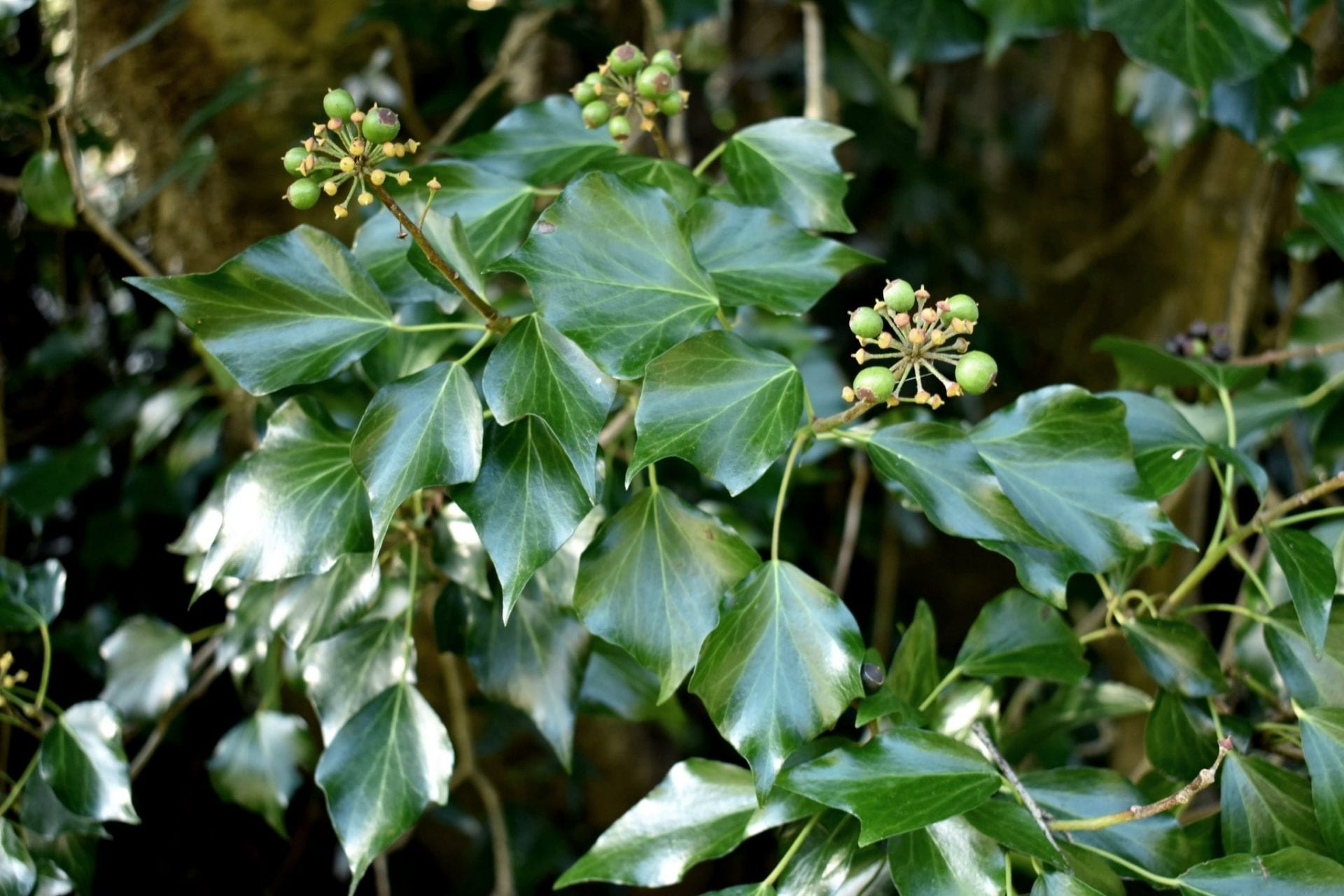 Atlantic Ivy
Atlantic Ivy